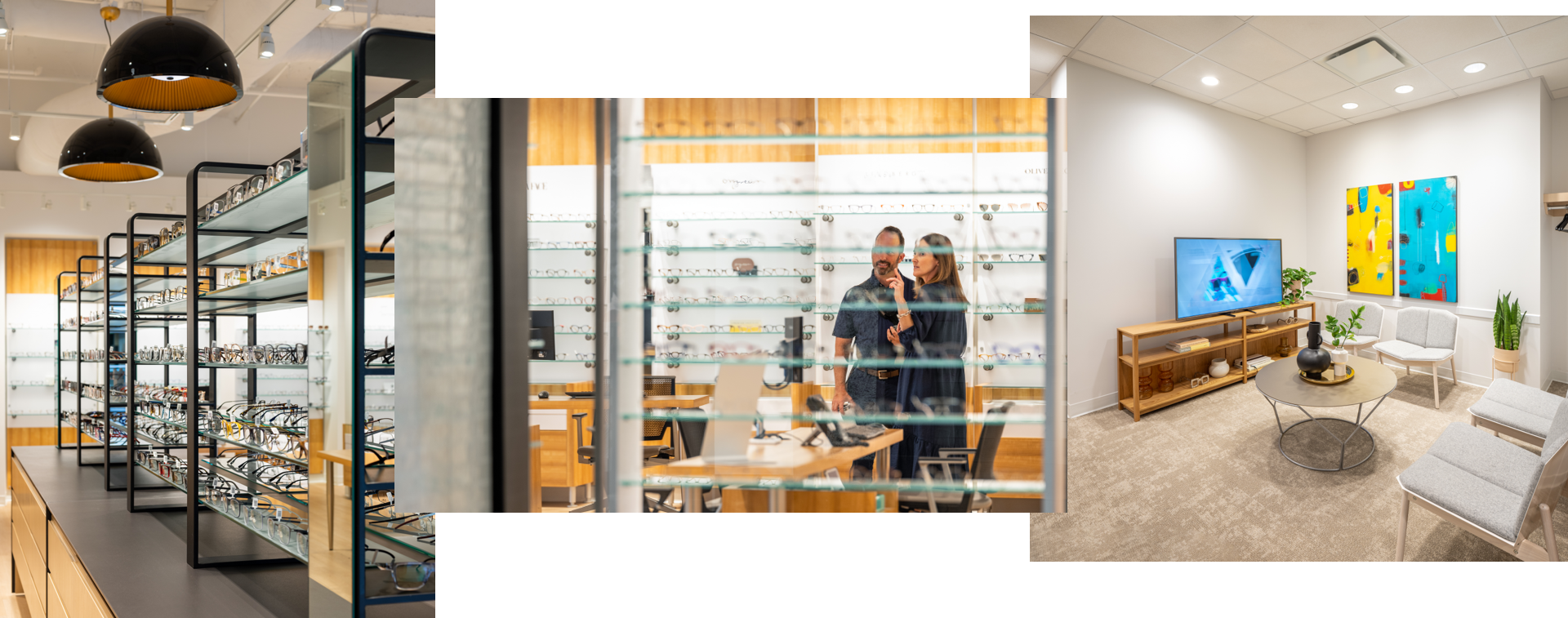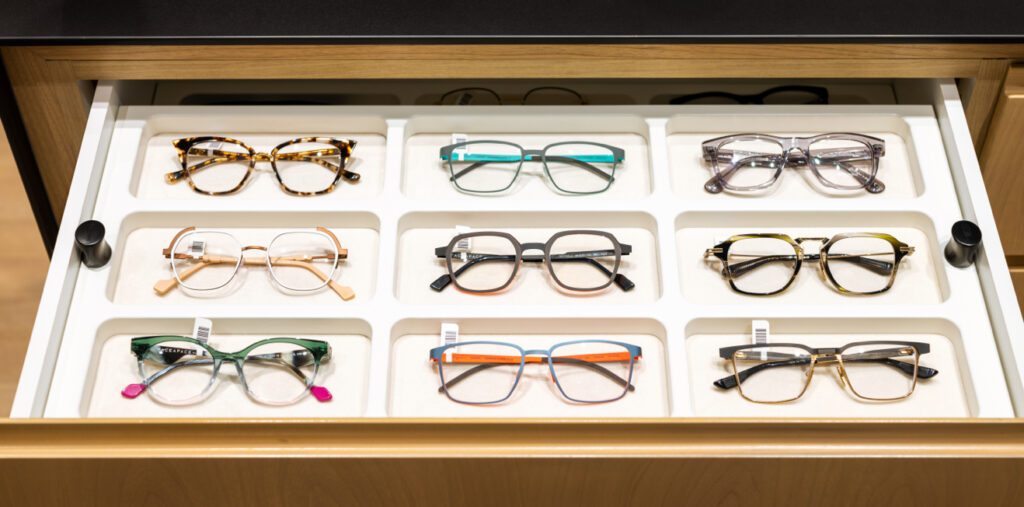When you think about an eye exam, you might be expecting to get a new pair of glasses or a new prescription for contacts. While that’s definitely an important part of the exam, there’s a lot more that happens during an eye exam, including specific tests for your overall ocular health and well-being.
For example, an optometrist can detect diabetes during an eye exam. Diabetes directly affects the blood vessels in your body, and there are many blood vessels in the eye. If you have diabetes, it can cause damage to the blood vessels in your eye and retina—which we can see by using diagnostic techniques and technology.
What Is Diabetes?
Diabetes is a chronic medical condition that can affect how your body processes food and turns it into energy.
Normally, your body is able to break down almost everything you eat, turn it into sugars called glucose, and release them into the bloodstream. Then, your pancreas releases insulin—which lets these glucose particles into the body’s cells to fuel them.
When you have diabetes, your body may not be able to make enough insulin or may not be able to use insulin effectively. When your body isn’t able to process sugars with insulin, they can stay in your bloodstream, which can cause slow but long-lasting damage to your organs and nervous system.
Your body has a sensitive balance that keeps everything working properly, and high blood sugar can disrupt your balance of nutrients. As a result of that disruption, diabetes can increase your risk of developing other health problems too, such as:
- Heart disease
- Kidney problems
- Pancreatic failure
- Damage to your feet
- Diabetic retinopathy
Diabetic retinopathy is a leading cause of blindness and affects approximately 1 million Canadians.
How Does Diabetes Affect the Eye?
Diabetes can directly affect the eye by causing conditions like diabetic retinopathy and diabetic macular edema.
Your retina is full of very small blood vessels that help bring blood and nutrients to the eye and surrounding area. Because diabetes affects your blood vessels, your eyes are vulnerable to its effects.
Over time, the little blood vessels in your retina can be damaged by high levels of glucose. When that happens, they can begin to leak tiny amounts of fluid or blood into the eye, which can lead to issues like blurry vision.
Over time, your blood vessels will try to heal, developing scar tissue that can severely affect your retina. This tissue can pull on the retina or push it slightly, resulting in distorted vision.
In some situations, you might begin growing new blood vessels, which can cause further issues. Damage to your retina can cause permanent vision loss.
How Can an Optometrist Detect Diabetes?
There are a few different ways an optometrist can detect diabetes. Typically, we’ll start by asking about your medical history, your family history, and whether anybody in your family has a history of diabetes.
During a diabetic eye exam, we will examine your eyes, their overall health, and your vision. We also look inside your eye and check the health of your blood vessels. We can also use optical coherence tomography and widefield retinal imaging to closely examine your eyes and retinas.
If we notice anything that concerns us, we’ll discuss it with you further.!
If you are already living with diabetes, you should be visiting your optometrist for regular diabetic eye exams. Getting an eye exam every 6–12 months helps many people with diabetes avoid or at least manage the effects it can have on your eyes.

Diabetic Eye Exams in Calgary
It is’s important to remember—eye exams are about a lot more than just keeping your vision sharp and clear. We are trained to look for signs of other medical conditions like diabetes during a regular eye checkup. And if you’ve been diagnosed with diabetes, you should be regularly returning for diabetic eye exams. If it’s been a while since you’ve had an exam, think about scheduling one with us at Downtown Vision Care in Calgary! Book your appointment today!




















